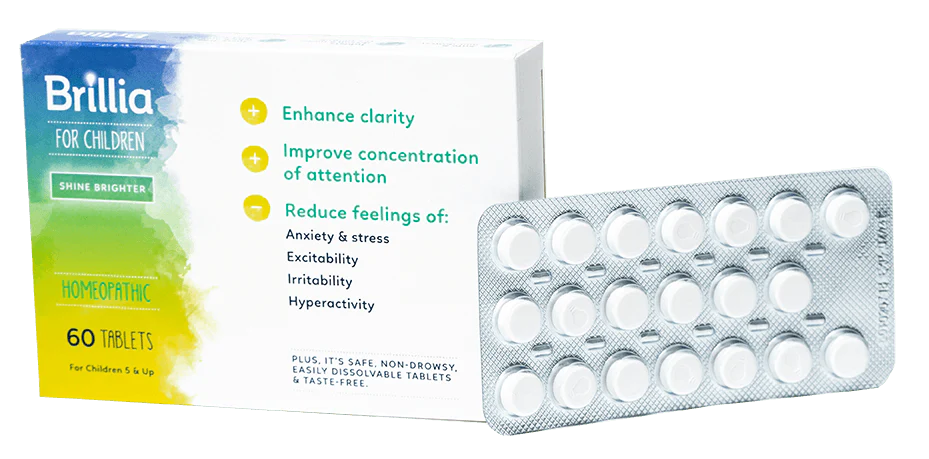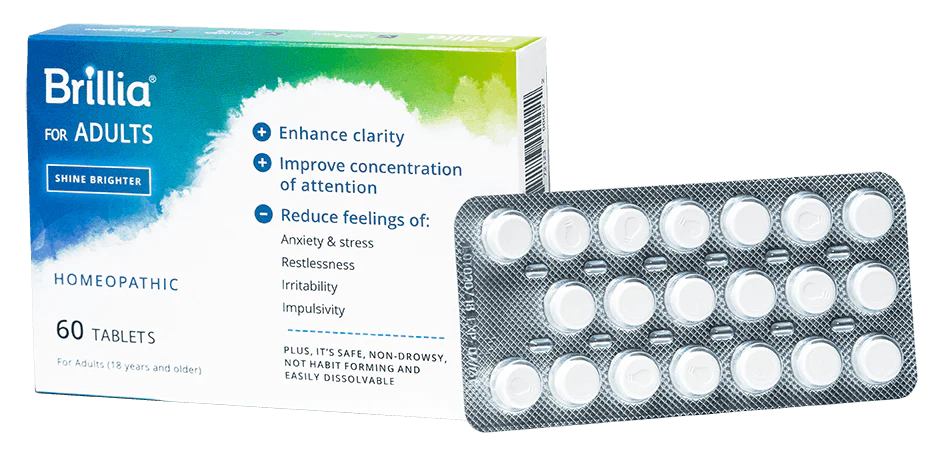We tell our kids to do it. Our doctors tell us to do it. Even the United States government is enforcing it. “Make half your plate fruits and vegetables” isn’t just a catchphrase from the Dietary Guidelines for Americans, it’s sound health advice supported by scientific research and longevity studies.
Not only are vegetables the core ingredient of DASH (Dietary Approaches to Stop Hypertension); but they’re also the main suppliers of the micronutrients that make the metabolic processes in our child’s body go and protect their cells from damage: vitamins, fiber, minerals, antioxidants, and phytonutrients. While all vegetables offer health benefits to your child’s body, some go a little above and beyond.
So which vegetables do studies show are the best for you and our children?

1. Carrots
Whether roasted, raw or steamed, carrots help nourish and protect our eyes. Not only do carrots provide vitamin A, which is used directly by the eyes to create sight; but they also contain high levels of the phytonutrient beta-carotene, which is converted by the body into vitamin A. When it’s not being converted into vitamin A, beta-carotene acts as an antioxidant in the body. Luckily, carrots are versatile in taste so you can sneak them in just about any recipe (in case your child doesn’t like to eat them raw).
Nutrient content per ½ cup chopped raw carrot: 0.6 g protein, 534 RAE (retinol activity equivalents) vitamin A, 4 mg vitamin C, 5302 mcg beta-carotene, 2 g fiber, 57 g water.

2. Cauliflower
A member of the cruciferous family (kin to broccoli and cabbage), cauliflower is surprisingly a non-dairy source of calcium. Because of its high phytonutrient and antioxidant benefits, cauliflower is associated with reduced risk of developing cardiovascular disease and cancer. From barbecue to mash, there are numerous recipes that use cauliflower as the base (even as an alternative to meat).
Nutrient content per ½ cup raw cauliflower: 1 g protein, 26 mg vitamin C, 12 mg calcium, 8 mg magnesium, 1 g fiber, 49 g water.

Shine Brighter
3. Potatoes (White)
White potatoes often get a bad nutritional rap because they’re high in carbohydrate and become high in fat when fried into french fries. However, a boiled or baked potato is an excellent antioxidant source that supplies us with vitamin C and a blood-vessel relaxor, magnesium. While potatoes aren’t considered a high source of protein, the protein they do provide is of high biological value because it permits easier absorption by the body. Learn the many ways to prepare potatoes here.
Nutrient content per ½ cup boiled white potato: 2 g protein, 10 mg vitamin C, 4 mg calcium, 19 mg magnesium, 1 g fiber, 58 g water.

4. Red Bell Peppers
Whether you sauté them in a stir-fry, toss them into a salad, or eat them raw, red bell peppers are not only versatile players for the palate but also a hefty source of antioxidants beta-carotene and vitamin C. In fact, red bell peppers are one of the highest vegetable sources for vitamin C. Try them in one of these delicious bell peppers recipes.
Nutrient content per ½ cup raw red bell pepper: 0.7 g protein, 117 mcg RAE vitamin A, 95 mg vitamin C, 5 mg calcium, 9 mg magnesium, 1210 mcg beta-carotene, 2 g fiber, 69 g water.

5. Spinach
Spinach is a superior source for antioxidants, beta-carotene, vitamin C and magnesium. Like cauliflower, spinach is a non-dairy source of calcium, making it the ideal alternative for people who are lactose intolerant and/or prefer vegan meals. You don’t always have to force it with a salad, sneak some greens in with a hearty mac and cheese recipe.
Nutrient content per ½ cup raw spinach: 0.4 g protein, 4 mg vitamin C, 12 mg calcium, 10 mg magnesium, 703 mcg beta-carotene, 0.3 g fiber, 11 g water.






